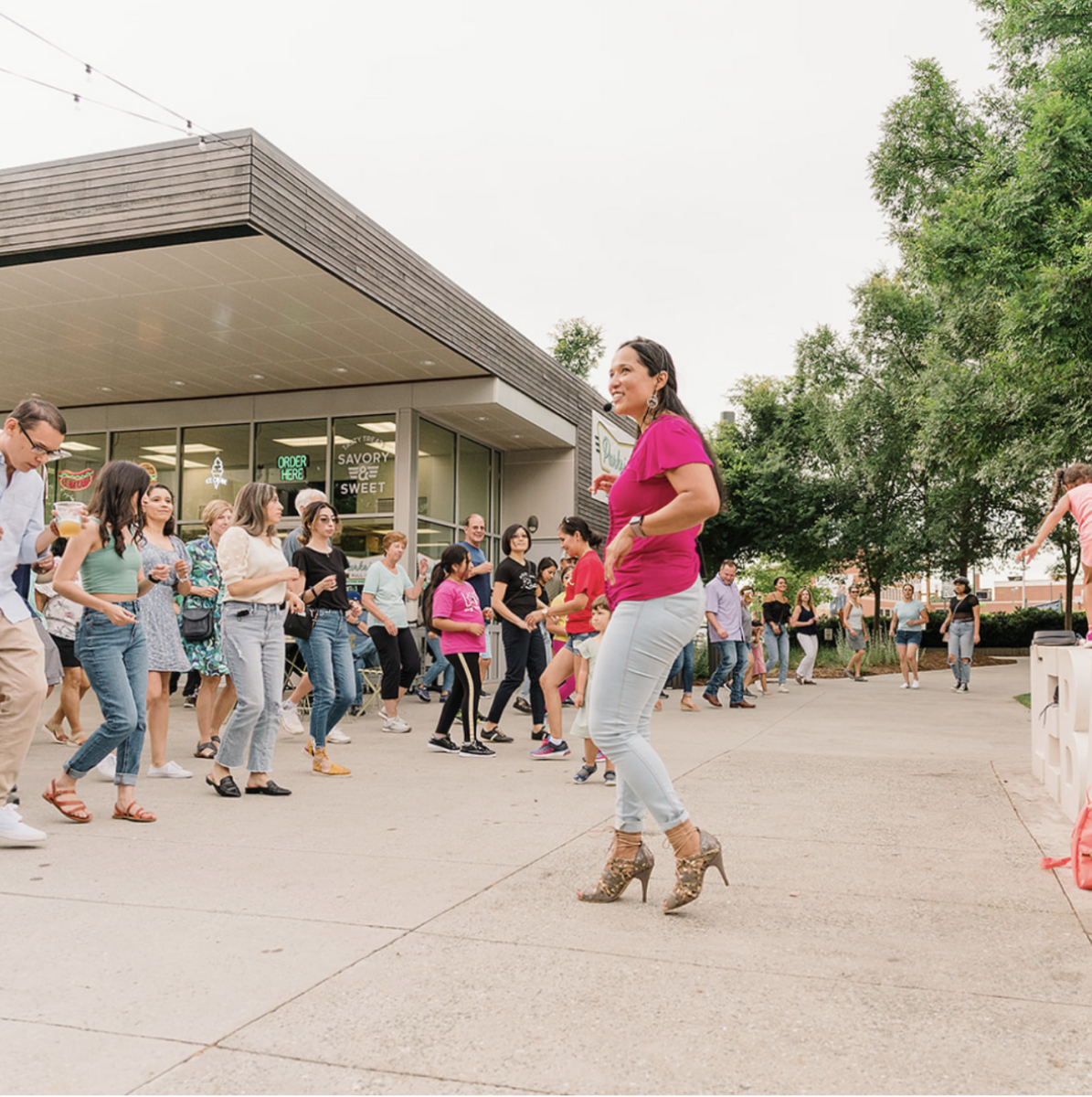In 2018, 37.9 million people were living with HIV (Human Immunodeficiency Virus) and more than 32 million people have died from AIDS (Acquired Immune Deficiency Syndrome) related illnesses since the epidemic first began in the 1980s, according to United Nations Programme on HIV/AIDS.
In hope of raising awareness about the HIV/AIDS epidemic, December was declared Aids Awareness month.
People all over the world come together during the month to raise awareness, commemorate the lives of people that have died and celebrate the improvement of treatment for the disease.
The United States is not the only country majorly affected by AIDs. Countries located in the Sub-Saharan African region have high infection rates and continue to grow.
The difference between the United States and African countries is access to quality treatments for the people infected.
As the deadly disease has gained more awareness, more affordable treatments have been created and have been made more accessible.
In 2019, programs such as “Ready, Set, PrEP” have been created by the Trump Administration to give medication to the uninsured population and children. The program is set to begin by March 2020 with the hope to decrease the number of infections by 90% in the next 10 years says U.S. Department of Health and Human Services (HHS).
One in seven people are unknowingly living with HIV in 2019 with African Americans and Latinos being disproportionately affected by the disease compared to other ethnic groups.
Gay and bisexual men have the biggest infection rate in the United States, along with transgender women who have sex with men and drug users that use injections following close behind, according to HIV.org.
Students all over the world have come together to create murals and hold candlelight vigils for people who have passed from HIV along with health fairs that continue to educate people on the disease more and more.
This year, the Greensboro community gathered at the International Civil Rights Center and Museum where AIDS quilts were unveiled and local and national speakers, who live with HIV, participated in an open discussion. They spoke on topics ranging from treatment, updates and personal experiences.
Although the number of people infected with HIV is still at an alarming rate, its rate decreased over time through treatment improvement and increased creation of medicines. HIV infections decreased by 18% between 2008-2014 and have continued to decrease, according to HIV.org.
AIDs prevention includes getting consistently tested, practicing safe sex, educating oneself of the disease, avoiding sharing injecting equipment and using PrEP for prevention.
For more information, visit hiv.gov







